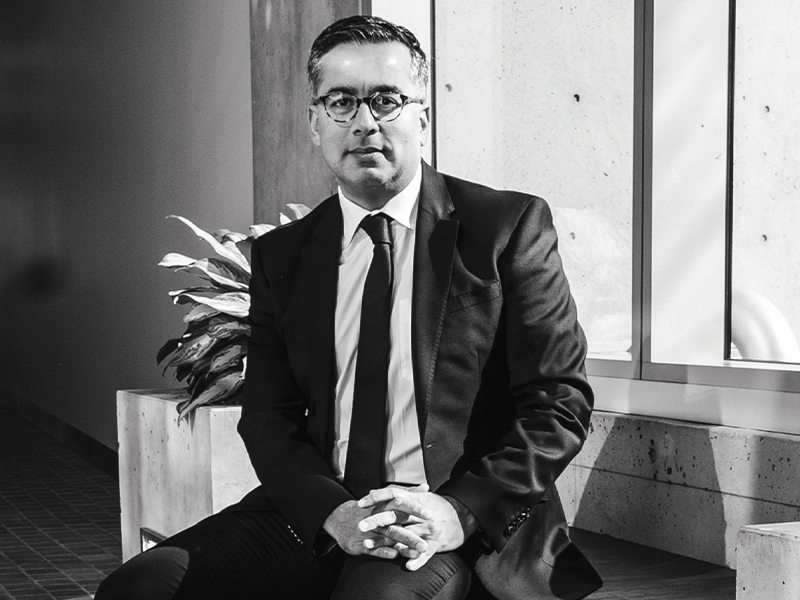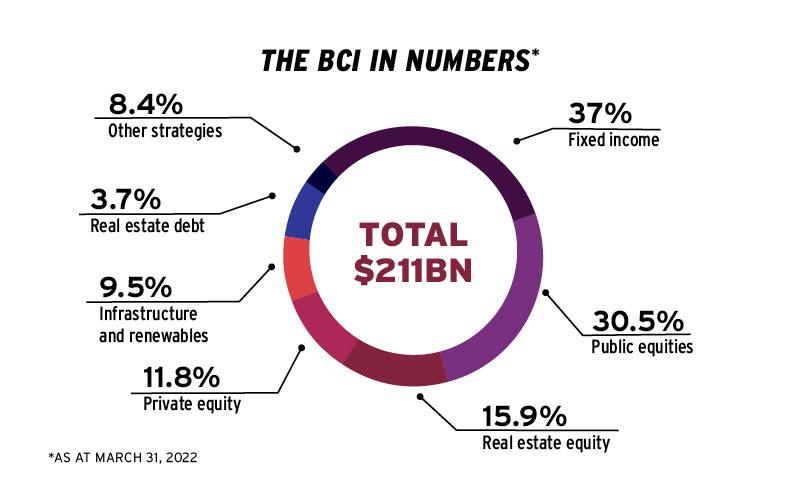
In 2018, the British Columbia Investment Management Corp. adopted a centralized trading framework.
The program, which brought together global derivatives and trading with almost $35 billion in equity assets, is managed by Samir Dhrolia, the BCI’s senior managing director of derivatives, trading and index portfolio management.
Read: How InBenefits is aiming to prove the potential of target-benefit pensions
He joined the organization in 2016 after nearly two decades as a globe-trotting derivatives trader for well-known financial institutions, including Merrill Lynch and Goldman Sachs in New York and HSBC Bank in Hong Kong.
That year, Dhrolia and his wife moved to B.C., her home province, to raise their three children. “B.C was a completely unfamiliar environment. . . . I learned about BCI through a mutual friend who mentioned that they were looking to set up a derivatives program.”
He was attracted by the BCI’s ambition. Under the leadership of Gordon J. Fyfe, its chief executive officer and chief investment officer, the organization planned to become an active in-house asset manager and a centre of thought leadership in the institutional investment sector.
The centralized trading program, which was presented to the board in December 2018 by Daniel Garant, global head of public markets, fit neatly into that vision. “The concept was a big one: a system giving us one wallet and one voice,” says Dhrolia.
Read: N.S. looking at changes to DB pension funding framework, target-benefit plans
Getting to know
Samir Dhrolia
Job title:
Senior managing director of derivatives, trading and index portfolio management, the BCI
Joined the BCI:
2016
Previous role:
Head of index derivatives, HSBC Bank in Hong Kong
What keeps him up at night:
Global events causing unexpected problems we aren’t prepared for and the never-ending war for superior talent
Outside the office he can be found:
Shuttling his three children around Vancouver Island and enjoying long runs along its beautiful seaside coast
Under the program, all trades are performed through a single, centralized hub. In order to do so, a new platform — now known as One Wallet — was developed to collect data from throughout the organization and used by the central trading desk as the nexus of cross-asset class discussions.
Its primary goal is to improve the BCI’s ability to negotiate with external partners by leveraging data. “It’s all about working out what you’re buying from which stores and organizing the shopping cart to ensure you receive the fairest price. By aggregating the basket, you’re offering your partners the chance to secure larger mandates. It’s a win-win.”
Read: Are target-benefit pension plans the answer to a secure, sustainable retirement?
With the BCI’s 700 employees working out of offices in Vancouver, Victoria, London and New York, Dhrolia is busy running its 24/7 trading desk, which provides the plan with a central point of control for the organization’s governance and stewardship activities. The new approach, in which all information is available to senior managers across all asset classes, helps mitigate the operational, reputational and legal risks common to more siloed approaches.
One Wallet offers other benefits as well. In its development, the BCI was interested in new ways to consider environmental, social and governance issues across its vanilla indexing ESG portfolio. “By working with the BCI ESG team and quantitative portfolio managers, we were able to explore optimized ways to offer clients ESG exposure, leveraging key relationships in the marketplace established by One Wallet and the centralized trading principle, to ensure smooth trading while offering a single source for information on all of its activities.”
Read: How the CMPA looks at investments through a total portfolio lens
Dhrolia is also able to incorporate lessons he learned at other financial institutions. “I wanted to leverage the skill sets of all the various support groups and make sure we had stakeholder alignment across the firm. Nobody can do all the heavy lifting alone — I was fortunate to have a great team to work with and experts in different asset classes.”
In the four years since the adoption of centralized trading, Dhrolia says it’s proven successful. “It can cut the cost of each transaction down by between 25 and 50 basis points. Given how many transactions we do, that’s a significant saving.”

In line with Fyfe’s strategic vision for the BCI to be a centre of thought leadership, Dhrolia and his team wrote a white paper on their efforts to implement the centralized trading system, outlining how other institutional investors could determine if a similar program was suited to their needs. “All investors can benefit from some aspects of cross-asset centralized trading principles. It might not make sense for a very small firm that only deals in a few products to implement their own framework, but new technology has a habit of changing barriers to entry.
“We have seen what was once only available to Wall Street traders [become] available at the fingertips of any investor.”
Gideon Scanlon is the editor of the Canadian Investment Review.
